Ripe pears are so sweet and aromatic. It is impossible to refuse them, because even the sight of these fruits stimulates the appetite. Imported pears can be bought in stores, but their quality is often questioned. At the same time, there is no more useful fruit than the one grown with your own hands in your own garden. Therefore, every year, owners of household plots purchase seedlings and carefully care for them in anticipation of the first harvest. So that it does not disappoint, you need to choose the right variety with the desired characteristics and, when growing a fruit tree, follow the basic rules of its cultivation. Today the object of attention in our article will be the “Honey” pear, because this particular variety is famous for the taste and external characteristics of the fruit, thanks to which it finds many admirers among gardeners.
Detailed description of the variety
The “Honey” pear variety was bred by Russian scientists at the Crimean breeding station back in 1962 by pollinating the French “Bore Bosc” variety. The authors of the new product were three scientists who, after many tests, presented their creation to the public only 30 years after its creation.It is worth noting that the “Honey” pear is still the object of attention of breeders who regularly study this variety.
Based on the results of long-term tests, breeders entered the variety into the Russian state register and zoned it for the North Caucasus region. The pear received the official name “Crimean honey”.
Characteristics of the fruit tree
The columnar “Honey” pear rarely exceeds 2 m in height. Its crown is ordinary, not very dense, and retains the shape of a pyramid throughout the growing season. Such a medium-sized fruit tree requires periodic formation, with the removal of diseased, dry branches.
The plant is resistant to low temperatures and other characteristics of various climatic regions. Pear successfully withstands winter temperatures down to -250C. The only exceptions are young seedlings, which may suffer from frost without adequate shelter.
Fruiting of the “Honey” pear is regular. Every year, starting from the age of 4-5 years, she produces a large number of ripe fruits of high quality. Weather conditions in the region in spring can only slightly affect the yield of a fruit tree.
Flowering of the “Honey” pear is observed in May. It is always abundant and long lasting. Pear flowers are simple, collected in inflorescences of 2-5 pieces.Ripe fruits stand well on short stalks and require manual picking. The yield of an adult tree of the “Honey” variety is 20-30 kg. In some cases, this figure can reach 40 kg.
Fruit characteristics
It’s not for nothing that the proposed variety of pears got its name, because its taste actually contains notes of honey. The most delicate, cream-colored fruit pulp is filled with sweet, aromatic juice. When you bite into it, it literally melts in your mouth.
Honey pears are quite large. They weigh about 400 g, and some fruits reach a weight of 500 g. Their surface is matte and the skin is thin. By touch you can determine some roughness of the fruit. The shape of pears is classic, the base is thickened. The color of “Honey” fruits is yellow-green, in some cases there is a brown or pink blush. Upon visual inspection, you can notice small gray or green subcutaneous dots on the surface of the pear.
Microelement composition of pears
The taste of “Honey” pears is largely determined by their microelement composition. Thus, the special sweetness of fruits is provided by a large amount of sugar, which exceeds 10%, while other varieties of pears contain only 6-7% of this substance.
In addition to sugar, the fruit contains 6% vitamin C, a certain amount of organic acids and a huge variety of minerals. The fiber content of fruits is not high.
Purpose of fruits
“Honey” pears are so tasty that they are usually eaten quickly without waiting for processing.However, if necessary, you can make juice or jam from them. Sweet fruits are also suitable for preparing baby food.
An important advantage of the variety is the possibility of long-term storage of pears. Thus, for 3 months fresh fruits can be successfully stored at a temperature of 0-+50WITH.
Subspecies of the proposed variety
Research on the Honey pear variety has been going on for many, many years. And during this time, 5 subspecies of this variety were obtained. All of them are distinguished by their early ripening and some features in the taste, shape, and color of the fruit:
- G-1 is the latest (winter) subspecies of all “Honey” pears. Its fruits ripen with the arrival of frost. They are bright yellow in color, weigh up to 250 g and have some roughness on the surface.
- Pears of subspecies G-2 ripen in mid-autumn. Their weight rarely exceeds 200 g. A brown blush can be seen on the surface of such fruits. The taste of the fruit has a special aroma and sweetness.
- Subspecies G-3 is symbolized by a classic, bright yellow pear, weighing up to 400 g. Such fruits ripen with the arrival of the first autumn days.
- G-4 is an autumn variety that bears fruit of medium size (pear weight up to 300 g).
- G-5 is the earliest ripening subspecies. Its fruits ripen in summer. Their weight is small (only 250 g), but the taste is excellent, sweet, aromatic. A brown tint is clearly visible on the surface of such pears.
Thus, under the name of one variety, 5 different subspecies are hidden at once, each of which has its own characteristics, which means that when purchasing a seedling, it would be useful to clarify which label this or that fruit tree belongs to.
Variety resistance to diseases
The “Honey” variety demonstrates high resistance to only two common diseases: moniliosis and klyasterosporiosis. Resistance to other diseases is not observed, therefore it is recommended to carry out preventive treatment of plants when growing the variety:
- Scab covers the leaves of the fruit tree with dark spots that grow over time. Velvety olive-colored spots appear on the fruits. The disease can be prevented by spraying plants in the spring before bud break with Bordeaux mixture. Affected areas of the tree should be removed and burned.
- Rust appears as orange or red spots on the surface of leaves. The drug “Skor” can be used to prevent the disease. Also highly effective are antifungal drugs applied to the soil in a circle around the tree trunk while digging up the soil.
- Fruit rot is represented by characteristic spots on the surface of the fruit. To treat the disease, it is necessary to use the drug "Dnok".
In addition to diseases, various pests also pose a threat to the “Honey” tree. The most common of them are aphids and mites. Information on insect control methods can be found in the video:
Advantages and disadvantages of the variety
Having thoroughly studied the description of the “Honey” pear variety, photos and reviews about it, you can objectively talk about the advantages and disadvantages of the culture. Thus, gardeners note the following positive aspects characteristic of the proposed variety:
- The fruits are particularly juicy, sweet and aroma.
- The fruits are well stored for a long period of time.
- Sweet pears can be used to make baby food.
- Fruit trees have good winter hardiness.
- The yield of the variety is consistently high.
- Good presentation and excellent transportability.
- High immunity to some common diseases.
- Fruit resistance to shedding.
- Decorative fruit tree.
- There is no need to regularly shape the crown.
- Regular, annual fruiting.
No serious shortcomings were found when growing the “Honey” variety, so it is worth highlighting only a few features of these fruit trees:
- Ripening fruits are heterogeneous in weight. Large and small pears can ripen on one tree.
- Some diseases require preventive treatment.
- Unusually high fruit yield reduces the frost resistance of the fruit tree.
The listed advantages and disadvantages must be taken into account when choosing a variety and growing a crop. So, after harvesting a particularly rich harvest, you need to take care of treating the plant trunk with whitewash, adding appropriate fertilizers to the soil and mulching it. You can learn about all the other subtleties of cultivating the “Honey” variety further in the section.
Features of cultivation
Honey pear should be planted in the fall on the sunny side of the site. It is recommended to place pollinating seedlings of the “Tavricheskaya” or “Chudesnitsa” varieties at a distance of 3 m from the seedling. The soil on the site should be sandy loam, neutral or alkaline acidity.
After planting and subsequently throughout cultivation, the “Honey” pear variety needs to be watered abundantly with regularity once every 7 days. During the flowering and fruiting period, the tree is watered less frequently, but more abundantly, based on the calculation of 20 liters. water per 1 m2 trunk circle.After watering, the soil in the tree trunk circle needs to be loosened and mulched with organic matter or straw.
On fertile soil, seedlings of the “Honey” variety do not need to be fertilized for 2 years. In the future, it is recommended to apply fertilizer 4 times per season:
- Nitrogen should be used during flowering;
- after flowering it is necessary to apply nitroammophoska;
- add superphosphate in mid-autumn;
- with the arrival of stable cold weather after harvesting, wood ash should be added to the soil.
Young seedlings in harsh climatic conditions must be prepared for frost as follows:
- Water the plants regularly and abundantly.
- Whitewash the trunk and wrap it in burlap.
- If possible, wrap the crown of a young pear tree in breathable material.
The listed rules will help you grow a healthy, abundantly fruiting pear and protect it from even the most severe frosts.
Conclusion
“Honey” pears are a wonderful, healthy treat for adults and children. They are so delicious that it is impossible to refuse them. And no matter how many fruits grow in a season, there will always be few of them. Therefore, having given preference to this variety, you need to plant 2-3 seedlings at once. Perhaps in this case you will be able to eat plenty of fruit and put some of it into storage.
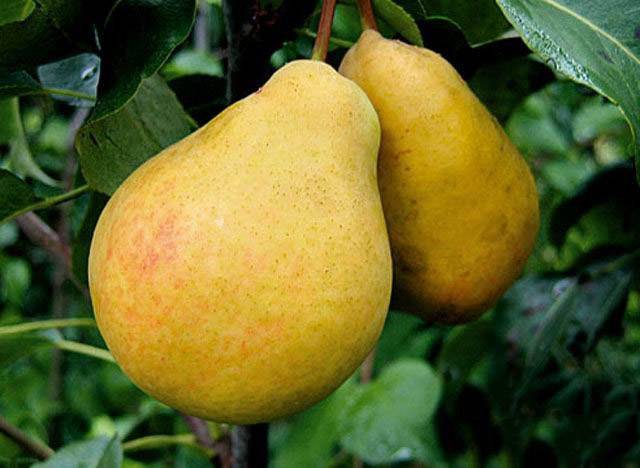
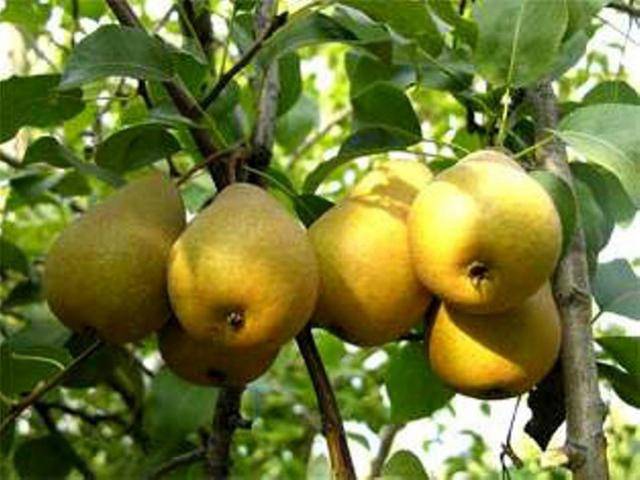
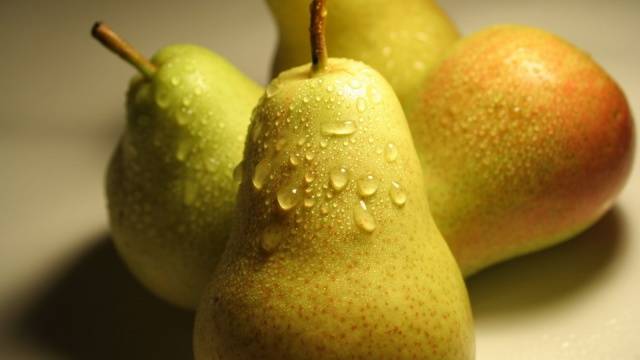
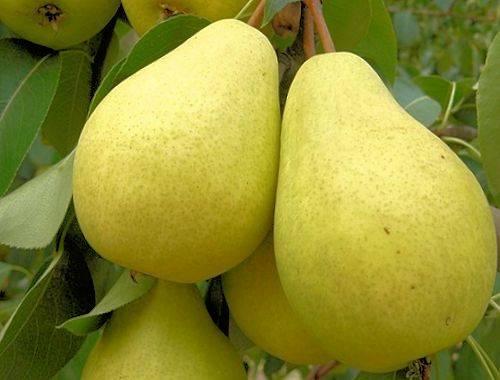
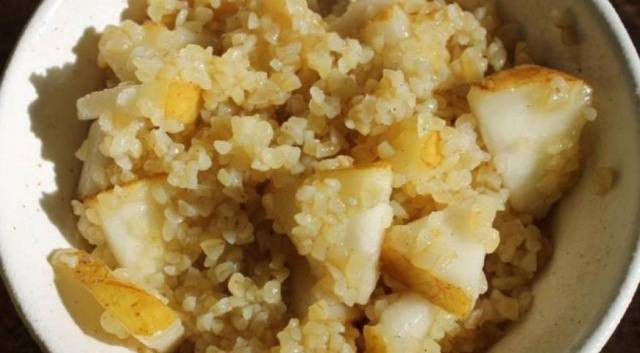

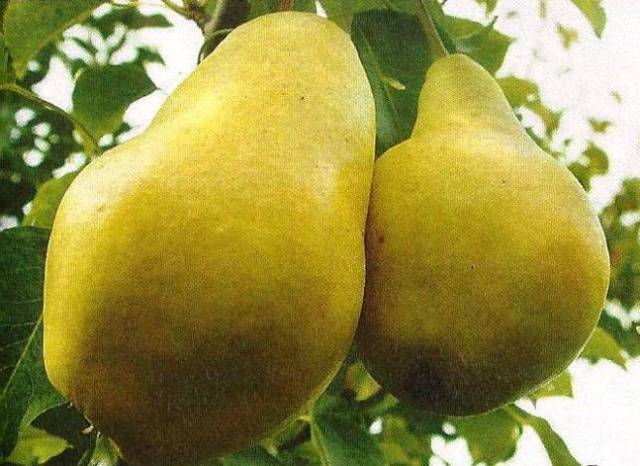
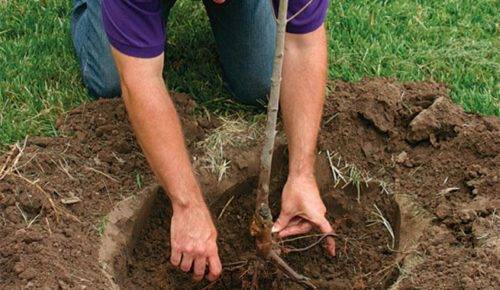
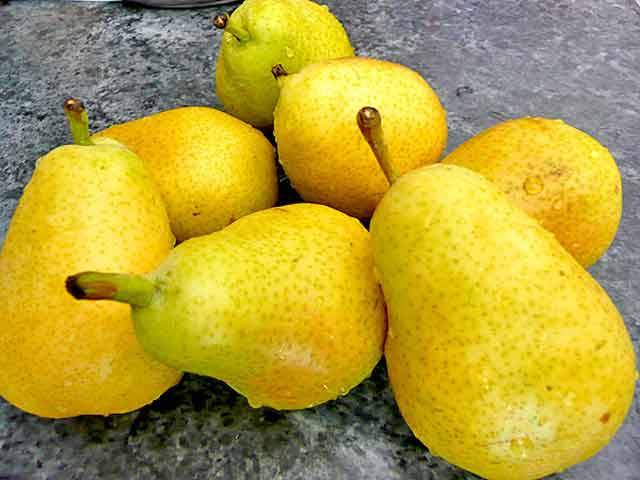



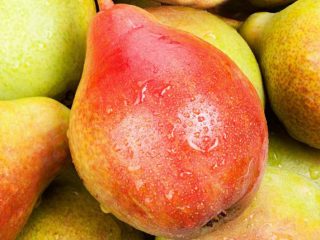
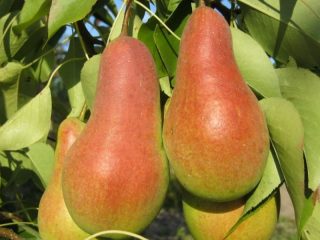
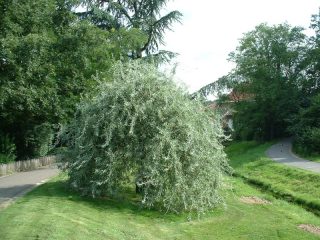
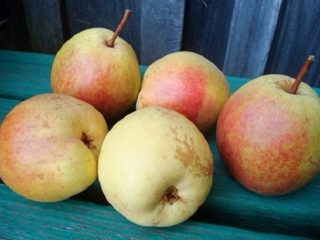
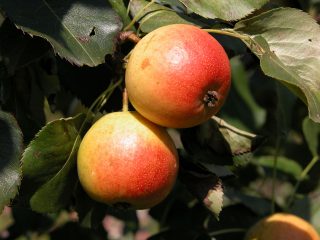
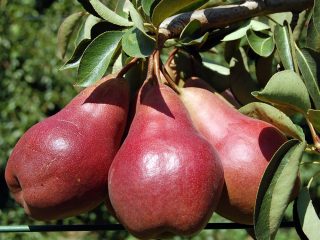
Crimean honey was bred not by Russian, but by Soviet breeders!